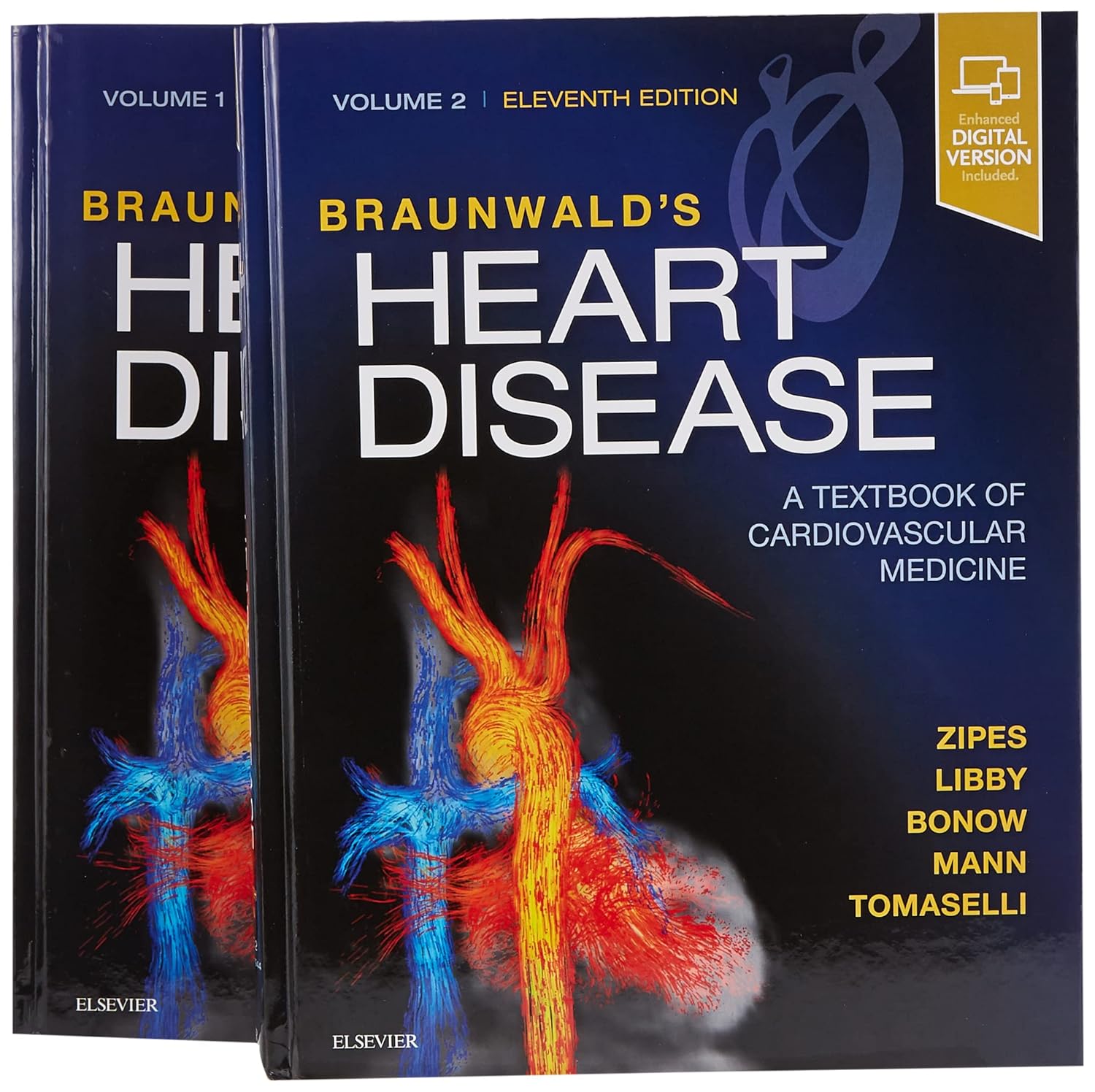Final Result
Drag and drop the selected sentences into the editor
LEFT VENTRICLE
LV
Size-end systole........mm 23-24mm
LV Size
end diastole.......mm 35-52mm
Fractional shortening......% 30-45mm
E point
septal separation......mm 0-34mm
LV post.
Wall thickness.....mm 5.5-11mm
LV post.
Wall excursion.....mm 5.5-11mm
LV
septal. Wall thickness.....mm 6-11mm
LV
septal. Wall excursion.....mm 6-11mm
Quality
of motion.....EF %
MITRAL VALVE
Mitral
valve excursion.....mm
Mitral
valve E - F slope.....mm/sac
Mitral
valve quality..............
Pattern
of motion..............
Others..............
LEFT ATRIAL DIAMETER
Others.............. mm
AORTA
Aortic
root dimension............mm 12-40mm
Aortic
valve opening............mm 12-50mm
Quality
of leaflets.............................
Others..........................................
RIGHT
VENTRICULAR Dimension..........mm
TRICUSPID VALVE................
PULMONIC
VALVE................
PERICARDIUM...................
Others...................
RESULT
AND COMMENT....................
The left
ventricular size is within normal limits
There is
evidence of left ventricular hypertrophy
The
ejection fraction is estimated to be XX%.
The
mitral valve demonstrates normal morphology and function.
There is
moderate mitral regurgitation.
The
aortic valve is trileaflet with no significant stenosis.
There is
mild aortic regurgitation.
The right
ventricle appears dilated
Interventricular septum is intact.
The
pericardium is free of effusion
The left
atrium is mildly enlarged.
No
thrombus is identified in the left atrial appendage.
Doppler
studies reveal normal diastolic function.
There is
evidence of pulmonary hypertension.
The
inferior vena cava is collapsible with respiration.
The wall
motion is normal in all segments.
There is
a small pericardial effusion noted.
The
cardiac chambers are well-defined.
No
significant valvular abnormalities were detected.
The
findings are consistent with dilated cardiomyopathy.
